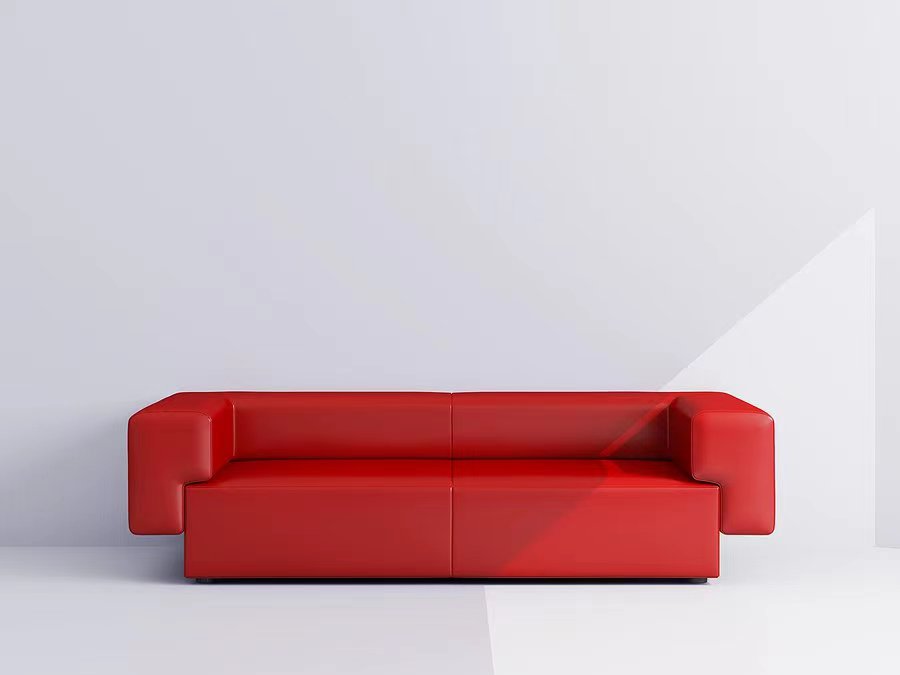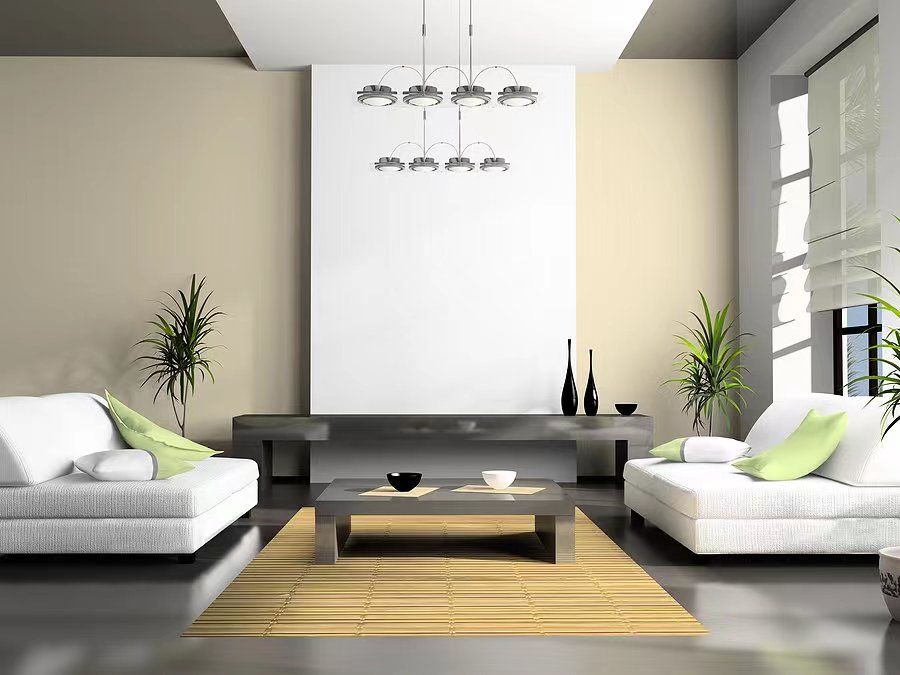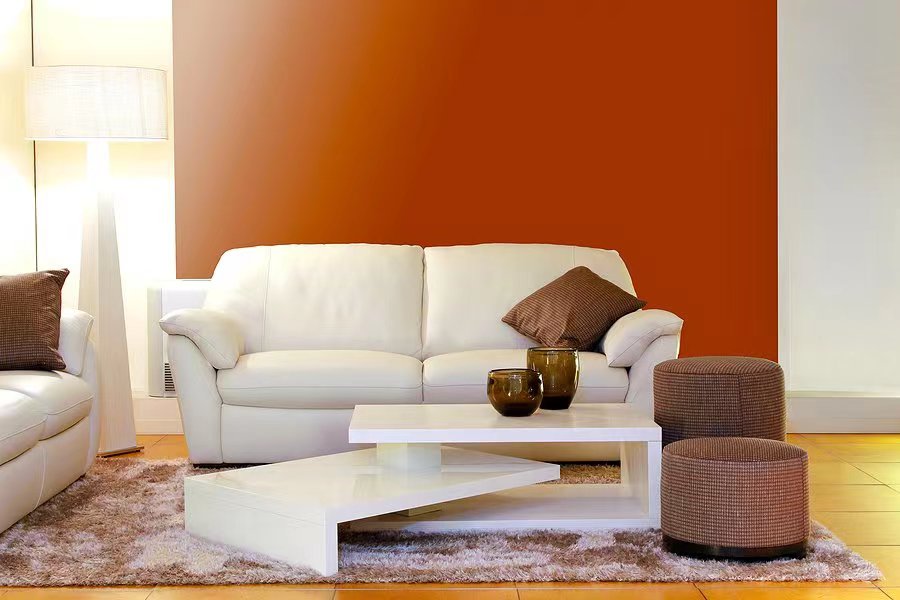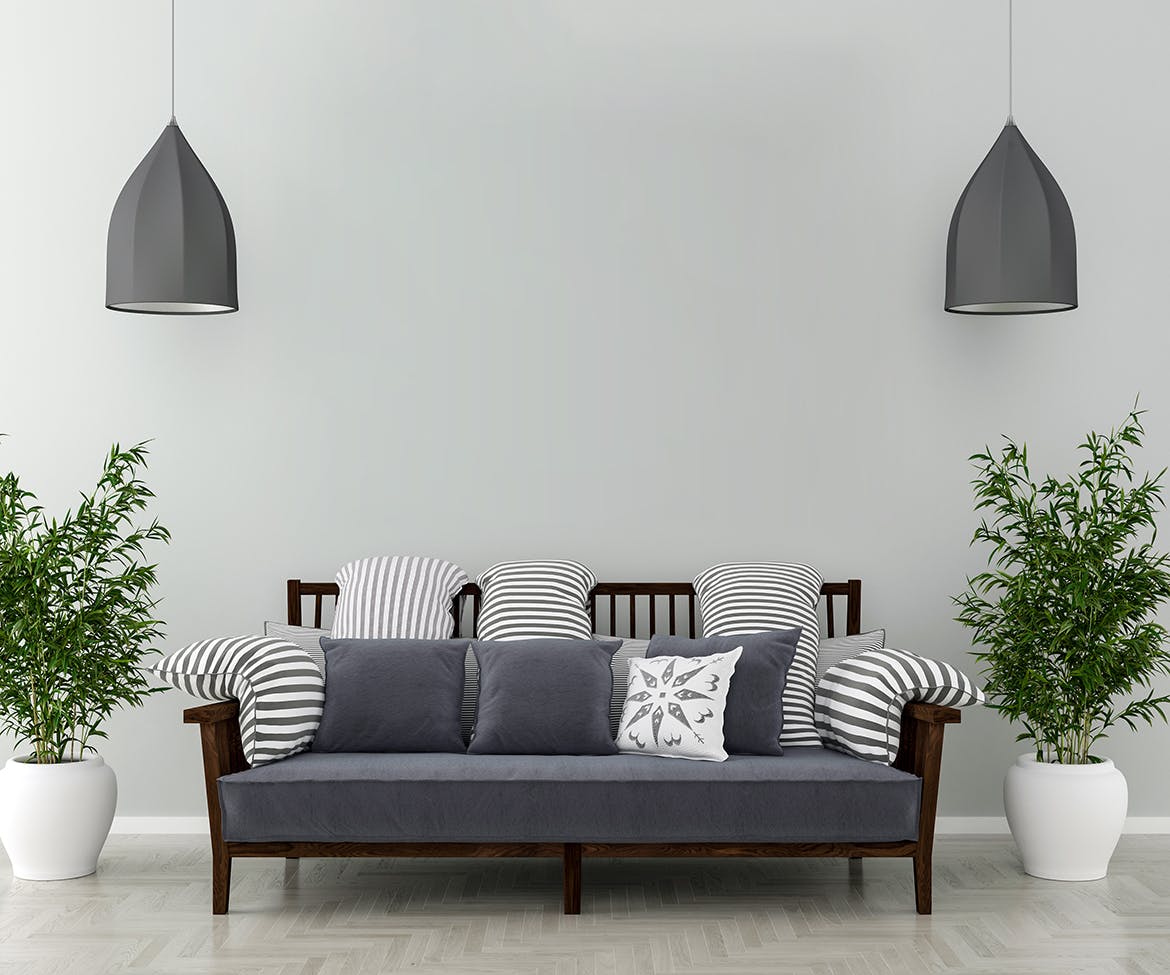Dafen oil painting Village
Exploring the Vibrant World of Paints: A Comparative Study of Acrylic and Oil Pigments
Oil paint pigments can be divided into two major categories: transparent and opaque.
Transparent pigments are pigmented with oil through which light can pass, making a layer of color transparent. Transparent colors feature saturated hues with poor coverage.
Opaque Colors: These are pigments reflecting light when mixed with oil, giving strong coverage. Solid colors.
Advantages of the pigment in oil paint: Pigment color stability; this term relates to the stability and permanence of pigments concerning color.
Most, if not all, the pigments of oil paint are generally organics and are not lightfast, as are mineral pigments lightfast. Example: deep red tends to start fading slowly under light exposure, while ochre, terra cotta, and high-quality ultramarine do not lose color with time.
All mixes of pigments made in the painting should be compatible, for some change their hue from a chemical reaction on mixing; others bleed onto another overlaying color and create a problem.
The effect of too much oil in oil painting can cause colors to darken and yellow.
It would be wise to utilize pigments that mix easily, dry fairly rapidly, and are relatively light-resistant, so that the palette is kept uncomplicated and no other problems present themselves.
The pigments of oil paint have plasticity and malleability properties; they are apt to form different kinds of texture under the action of tools, like brushes and knives. It’s what more often painters use to make their oil paintings acquire the three-dimensionality and relief of textures.
It, therefore, follows that the plasticity of the pigment in oil paint is also within the aspect of dilution. This equally applies to transparent and opaque pigments. Opaque pigments thicken to form semi-transparent colors.
Transparent and semi-transparent colors are often used in traditional glazing techniques.
The above-mentioned quality, which is transparent in nature of the pigment, also aids in increasing the expressiveness of the oil painting; it produces the necessary effect for the softness and blending of the oil paint.

Acrylic paints originated in the 1950s, made by mixing pigment powder with acrylic latex.
This technique was very much appreciated and taken up with a lot of zeal at that time by artists like Pollock, Motherwell, de Kooning, Hofmann, Rothko, and Tobey, who are identified for having created various techniques of drip, flinging, dragging, squeezing, pressing, and splattering styles of acrylic paintings.

In this work, Pollock elaborates on abstract expressionist traditions, laying the canvas on the floor and dripping acrylic paint onto the picture surface with a large flat brush or even directly from tubes, which later was named “drip painting.”
Differences between acrylic and oil paints:
- Acrylics can be diluted with water, making them easier to clean.
- Acrylic paint dries in most cases within a couple of minutes of its application, eliminating the need to wait for long months characteristic of oil paintings for varnishing. For those preferring slow-drying paints, retarders can be used.
- When the coat of color is allowed to dry, it dries out quickly and insoluble, forming a waterproof film that is tough, elastic, and rubbery in nature. Colors are rich, full, and vibrant, but not to appear “dirty” or “grey” in any mix. The color layer will never have an oily, stained appearance.
- The longevity is, however, more in acrylic films; the oil film may turn by oxidizing, yellowing, and hardening in oil paintings over time, finally getting brittle and giving rise to cracks. Acrylic film, theoretically, will never get brittle or yellow.
- The most important difference in the use of acrylics and oil paints is that acrylics are provided with the operating characteristics of general water-based paints suitable for watercolor and gouache.
- Acrylic modeling pastes are available with coarse and fine particles, facilitating texture creation. A cheap and convenient water-mixed medium, acrylic paints permit thin or thick applications, which dry fairly speedily to give a pure color. “Acrylics can meet part of the production effects of oil painting and provide an economic and convenient choice for the transcendence of the traditional idea of painting in modern art expression.”








